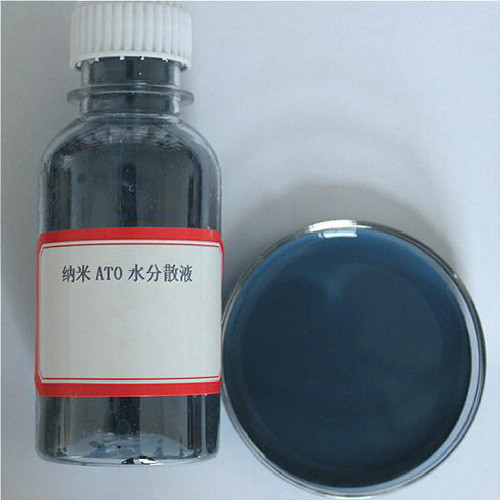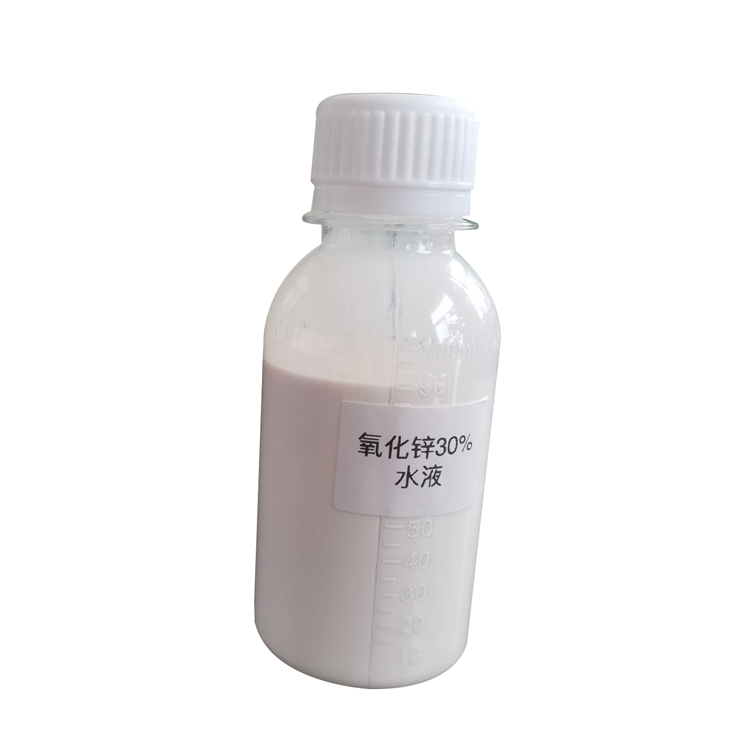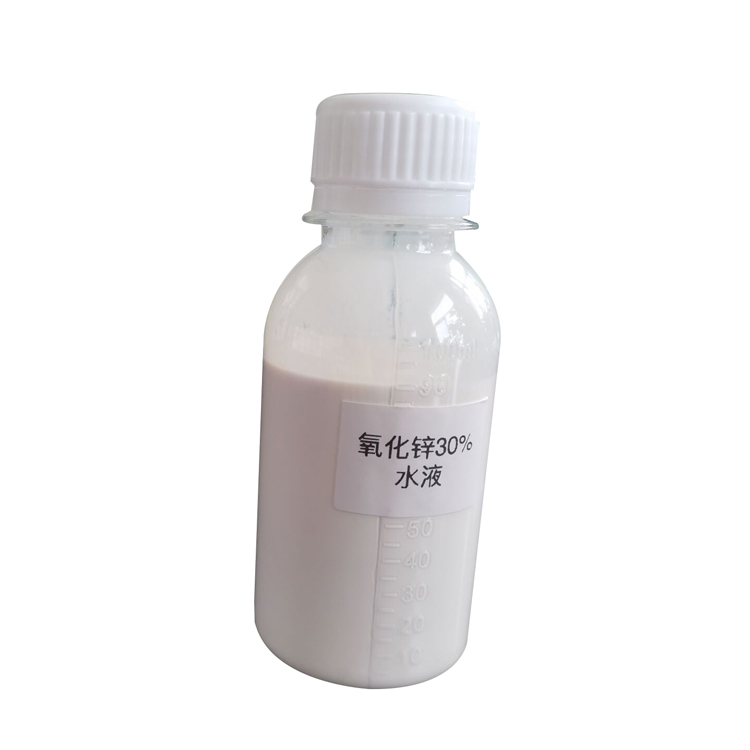As a leading provider of high-quality PVP-coated nanoparticles, SAT NANO understands the need to remove PVP coating for various applications. PVP or polyvinylpyrrolidone is a polymer widely used to coat nanoparticles due to its superior solubility and stability. However, the PVP coating can interfere with the nanoparticles' surface reactivity, causing challenges in some applications. This article will discuss the different methods to remove PVP coating from PVP-coated nanoparticles.
Method 1: Ethanol-Water Treatment
The ethanol-water treatment is one of the most common methods to remove PVP coating from PVP-coated nanoparticles. In this method, the PVP-coated nanoparticles are first suspended in ethanol and water mixture (1:1 ratio). The mixture is then sonicated for several minutes, followed by centrifugation to collect the nanoparticles. The collected nanoparticle pellet is washed several times with deionized water, yielding PVP-free nanoparticles. This method is easy to use, cost-effective, and produces high yields of PVP-free nanoparticles.
Method 2: Thermal Treatment
Thermal treatment is another method that can be used to remove PVP coating from PVP-coated nanoparticles. In this method, the PVP-coated nanoparticles are heated to a temperature above the PVP melting point. With this method, the PVP coating melts, and the nanoparticles are then collected by centrifugation. The collected nanoparticle pellet is washed several times with a solvent such as ethanol or water to remove the leftover PVP. This method is fast but may lead to particle aggregation and may not be suitable for sensitive nanoparticles.
Method 3: Enzymatic Treatment
Enzymatic treatment is a more gentle method used to remove PVP coating from PVP-coated nanoparticles. In this method, enzymes such as protease or cellulase are used to digest the PVP. The PVP-coated nanoparticles are first suspended in a buffer solution with the enzyme. The mixture is then incubated overnight at an optimized temperature and pH. The enzyme digestion degrades the PVP coating, and the PVP-free nanoparticles are then washed with deionized water. This method is gentle and preserves the nanoparticles' surface functional groups, but it can be time-consuming and may require optimization of enzyme concentration and incubation conditions.
Conclusion
Removing PVP coating from PVP-coated nanoparticles is a crucial step in many applications. The methods discussed in this article, including ethanol-water treatment, thermal treatment, and enzymatic treatment, offer different advantages and disadvantages. SAT NANO provides high-quality PVP-coated nanoparticles and can assist customers in choosing the appropriate method to remove PVP coating from nanoparticles for their specific applications. Contact SAT NANO for more information on PVP-coated nanoparticles.
SAT NANO can supply high purity metal nanoparticle. carbide nanoparticle and oxide nanoparticle, if you have any enquiry, please feel free to contact us at sales03@satnano.com

























